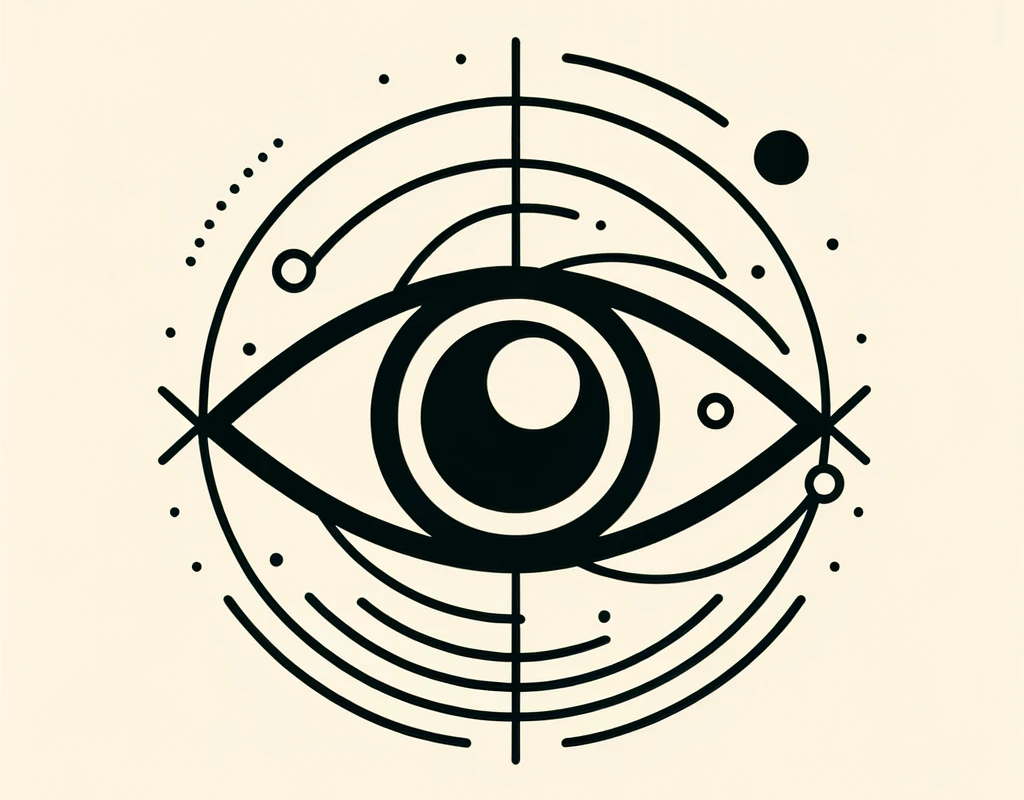The Heart of Photography: Understanding Camera Sensors
Welcome, photography enthusiasts and tech-curious folks! Today, we're diving into the world of digital camera sensors, the unsung heroes behind every stunning photo you've ever admired. Forget about megapixels for a moment; it's time to understand the real magic.
Pixels and Peanuts: The Size Matters Debate
First off, let's talk about size – sensor size, that is. Imagine two peanut jars: one's big, and one's small. Both are filled with the same number of peanuts. The bigger jar will have more space around each peanut, right? Similarly, in larger sensors, each pixel (like a peanut) has more room. This means they can catch more light, offering better image quality, especially in low-light conditions. So, when you're comparing cameras, remember: it's not just the number of megapixels, but the size of the sensor that counts!
Colors and Clarity: The Role of Sensor Type
Moving on to sensor types – CCD (Charge-Coupled Device) and CMOS (Complementary Metal-Oxide-Semiconductor). CCD sensors, the granddaddies of the digital photography world, are known for high-quality images with low noise. Think of them as your meticulously neat friend who keeps everything in perfect order. CMOS sensors, on the other hand, are the multitaskers, capable of processing tasks at lightning speeds. They're like your friend who can cook, clean, and dance, all at the same time!
The ISO Illusion: Balancing Light and Noise
ISO settings in cameras are like the spice levels in your food – the higher you go, the more intense it gets. High ISO can be a lifesaver in dim settings, allowing the sensor to be more sensitive to light. But beware, too much ISO and your image gets noisy, like a radio station that's not quite tuned in. It's all about finding that perfect balance.
The Mega-Pixel Myth: Quality Over Quantity
Remember, a camera with more megapixels isn't always better. It's like having a book with more words but no interesting story. More megapixels can be great for printing large-scale images, but for most purposes, what you really want is a quality sensor that captures great images, not just big ones.
Conclusion: The Sensor as the Soul of Your Camera
In conclusion, the digital camera sensor is the heart and soul of your photography journey. It's not just about how many megapixels you have, but the quality of the sensor, its size, type, and how it handles light and color. Like a chef choosing the right ingredients for a gourmet dish, choose your camera sensor wisely for that perfect visual feast!










